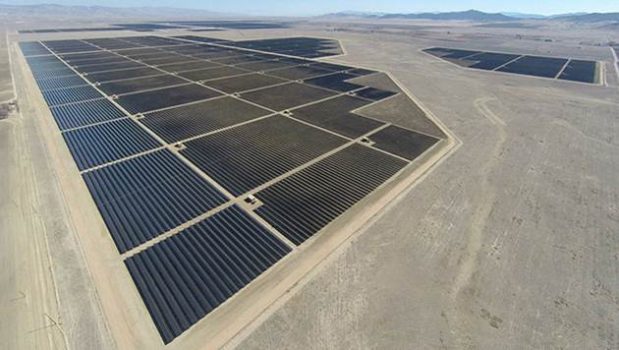



Vision
To make PV electricity the major source of energy.
Need for Clean Energy
Current estimated consumption of electricity – 6 billion people, 400 trillion megawatt-hours per year, output of 300,000 power plants.
introduction
The world’s six billion inhabitants currently use the energy equivalent of 400 trillion megawatt-hours of electricity per year – output of 300,000 typical power plants. If all the world’s inhabitants could afford the cost and had access to electricity power lines, the figure would be far greater.
 With the world’s population expected to reach over eight billion by the year 2025, an increase of 80% in annual global energy production will be required, or almost 12 trillion barrels of oil per year. At this rate, scientists are predicating the use of fossil fuel will peak by the year 2030. As oil, coal, nuclear and natural gas reserved decrease and environmental problems escalate, the use of renewable energy is expected to increase significantly from current levels.
With the world’s population expected to reach over eight billion by the year 2025, an increase of 80% in annual global energy production will be required, or almost 12 trillion barrels of oil per year. At this rate, scientists are predicating the use of fossil fuel will peak by the year 2030. As oil, coal, nuclear and natural gas reserved decrease and environmental problems escalate, the use of renewable energy is expected to increase significantly from current levels.
Clean renewable energy sources include wind energy, solar energy including photovoltaics, geothermal energy and hydroelectric power. To be effective these technologies must be reliable and inexpensive. However, wind and geothermal energy sources are suitable only for some regions. Most sites for hydro power generation around the globe are mostly exploited.
Efforts are therefore underway at Colorado State University to make renewable energy more cost-effective and efficient for widespread use. By using byproducts of the copper and zinc mining industry and turning ordinary window glass into solar panels, a team of investigators have developed a manufacturing technology that can turn photovoltaics into the most cost effective, clean and efficient energy source in the market.
Contact Info
Prof. Walajabad Sampath, Ph.D.
Professor, Mechanical Engineering
Colorado State University
Site director – NSF I/UCRC for Center Next Generation Photovoltaics
Phone: 970-491-8619
Office Location: A103X Engineering;
ERC B101

